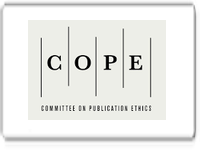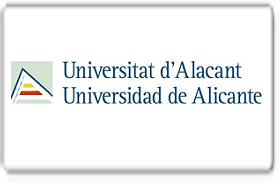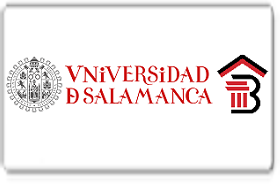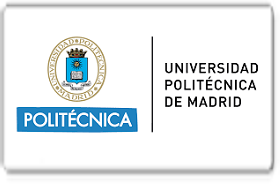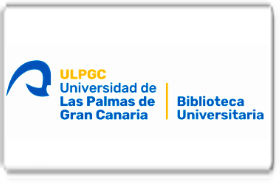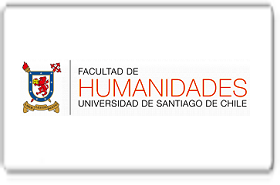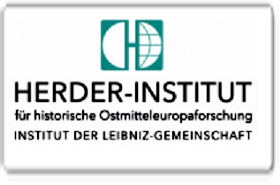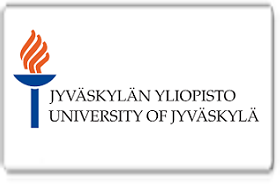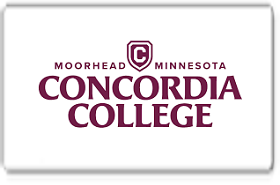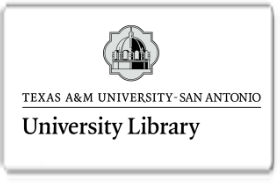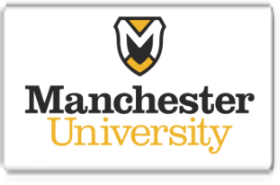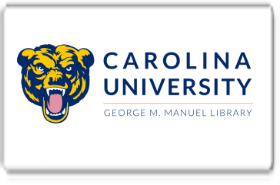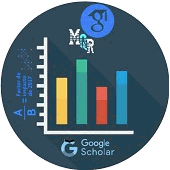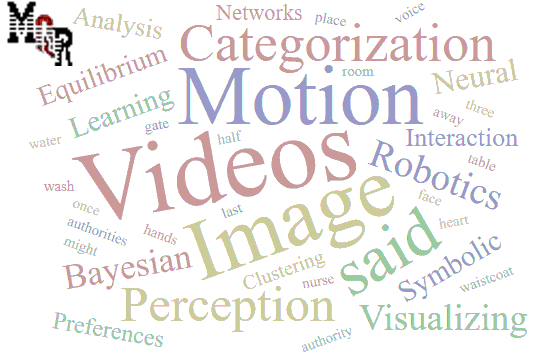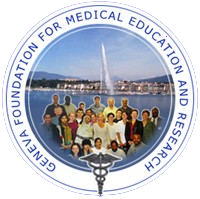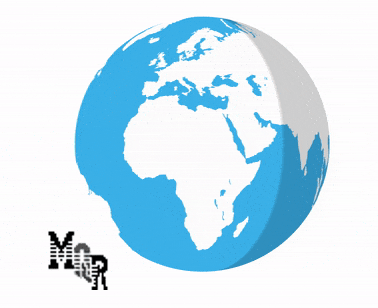Tracción ortodóncica de caninos maxilares impactados. Revisión de Literatura.
DOI:
https://doi.org/10.56048/MQR20225.7.1.2023.2838-2856Palabras clave:
tracción ortodoncica; caninos maxilares impactadosResumen
La recuperación o “liberación” de caninos maxilares incluidos ha tenido grandes inconvenientes para ser resueltos desde la perspectiva de cada área de especialización odontológica; por lo tanto, se han publicado diversas maneras de relaizar la tracción de los mismos, estas frecuentemente son un desafío al momento de la elección de la técnica más adecuada de acuerdo a la tracción planificada. Por lo tanto el objetivo fue conocer los métodos de tracción ortodóncica de caninos maxilares incluidos. La literatura se seleccionó mediante una búsqueda en las bases de datos electrónicas: Pubmed, Lilacs, Springer, Cochrane Library, Google Academic. La búsqueda de la información se realizó desde enero del año 2013 hasta enero del año 2023 sin límite de idioma entre los que destacaron los idiomas inglés, español, turco y portugués. La revisión arrojó un total de 530 artículos, después de aplicar los criterios de inclusión y exclusión se obtuvieron y revisaron 44 artículos. La literatura disponible reveló que las mejores decisiones y opciones para la recuperación de caninos incluidos en el maxilar deberían partir de un diagnóstico preciso con adecuado plan de tratamiento, en el cual está inmerso un equipo multidisciplinario de especialistas; además, se presentan diversas mecánicas para la tracción en ortodoncia de acuerdo a las necesidades individuales de cada caso.
Descargas
Métricas
Cited
DOI: 10.56048![]()
Citas
Alfarra, Y. H. Y., Noorani, T. Y., Asif, J. A., Ahmad, W. M. A. W., & Rajion, Z. A. (2022). Impacted Canines Classification Systems Among Orthodontic Patients. International Journal of Pharma and Bio Sciences, 12(3). https://doi.org/10.22376/ijpbs/lpr.2022.12.3.l80-94
Arcuri, C., GiancottI, A., & MampierI, G. (2015). Tunnel Traction Procedure for Deeply Impacted Canines and Resorbed Lateral Incisors. Journal of Clinical Orthodontics: www.jco-online.com
Baidas, L. F., Alshihah, N., Alabdulaly, R., & Mutaieb, S. (2022). Severity and Treatment Difficulty of Impacted Maxillary Canine among Orthodontic Patients in Riyadh, Saudi Arabia. International Journal of Environmental Research and Public Health, 19(17), 10680. https://doi.org/10.3390/ijerph191710680
Becker, A., & Chaushu, S. (2013). Palatally impacted canines: The case for closed surgical exposure and immediate orthodontic traction. In American Journal of Orthodontics and Dentofacial Orthopedics (Vol. 143, Issue 4). Mosby Inc. https://doi.org/10.1016/j.ajodo.2013.02.012
Cobos-Torres, J. C., Ramos, R., Ortega Castro, J. C., & Ortega Lopez, M. F. (2020). Hearing Loss and Its Association with Clinical Practice at Dental University Students Through Mobile APP: A Longitudinal Study. Advances in Intelligent Systems and Computing, 1099, 3–17. https://doi.org/10.1007/978-3-030-35740-5_1/COVER
Counihan, K., & Butler, J. (2013a). Guidelines for the Assessment of the Impacted Maxillary Canine. Dublin Dental School and Hospital, Trinity College, Dublin 2, Ireland., 40, 770–777.
Counihan, K., & Butler, J. (2013b). Guidelines for the Assessment of the Impacted Maxillary Canine. Dublin Dental School and Hospital, Trinity College, Dublin 2, Ireland., 40, 770–777.
da Silva, K., Clay, D., Santos, L., Negrete, D., Flaiban, E., Bortolin, R., & Lopes, R. (2019). Tracionamento de caninos inclusos: revisão de literatura included canine traction: Review of literatura. Rev. Odontol. Univ. Cid. São Paulo.
Goel, A., Loomba, A., Goel, P., & Sharma, N. (2010). Interdisciplinary approach to palatally impacted canine. National Journal of Maxillofacial Surgery, 1(1), 53. https://doi.org/10.4103/0975-5950.69169
Grybienė V, Juozėnaitė D, & Kubiliūtė K. (2019). Diagnostic methods and treatment strategies of impacted maxillary canines: A literature review. Baltic Dental and Maxillofacial Journal, 21(1), 3–12.
Hamada, Y., Timothius, C. J. C., Shin, D., & John, V. (2019). Canine impaction – A review of the prevalence, etiology, diagnosis and treatment. Seminars in Orthodontics, 25(2), 117–123. https://doi.org/10.1053/j.sodo.2019.05.002
Hsu, Y.-C., Kao, C.-T., Tai, W.-K., & Yang, P.-Y. (2020). Diagnosis and Management of Impacted Maxillary Canines. Taiwanese Journal of Orthodontics, 31(1). https://doi.org/10.30036/TJO.201903_31(1).0001
Izadikhah, I., Cao, D., Zhao, Z., & Yan, B. (2020). Different management approaches in impacted maxillary canines: An overview on current trends and literature. Journal of Contemporary Dental Practice, 21(3), 326–336. https://doi.org/10.5005/jp-journals-10024-2788
Izurieta-Galarza, P. F., Ramos-Montiel, R. R., & Reinoso-Quezada, S. (2022). Cirugía de avance maxilo-mandibular como tratamiento alternativo del Apnea Obstructiva del Sueño: Revisión de Literatura. Odontología Activa Revista Científica, 7(Esp.), 9–18. https://doi.org/10.31984/OACTIVA.V7IESP.827
Katiyar, R., Tandon, P., Singh, G. P., Agrawal, A., & Chaturvedi, T. P. (2013). Management of impacted all canines with surgical exposure and alignment by orthodontic treatment. Contemporary Clinical Dentistry, 4(3), 371–373. https://doi.org/10.4103/0976-237X.118350
Katiyar R; Tandon P; Singh GP; Agrawal A; Chaturvedi TP. (2013). Management of labially and mesially impacted canine by using modified vertical loop. Contemporary Clinical Dentistry.
Li, L. C. F., Wong, R. W. K., & King, N. M. (2008). Orthodontic traction of impacted canine using magnet: a case report. Orthod Dentofacial Orthop, 1(1). https://doi.org/10.1186/1757-1626-1-382
Lima, A. P. B., Costa, P. A., Barbosa, N. M. V., Alemida-Pedrin, R. R., Paranhos, L. R., & Cardoso, M. de A. (2019). Segmented mechanics for traction of impacted maxillary canine: Case report with a 3-year follow-up. Bioscience Journal, 35(1), 333–346. https://doi.org/10.14393/BJ-v35n1a2019-42855
M. Spuntarelli, F. Cecchetti, L. Arcuri, D. Testi, P. Melone, E. Bigelli, & F. Germano. (2015). Combined orthodontic-surgical approach in the treatment of impacted maxillary canines: Three clinical cases. Oral & Implantology.
Majumder P, Singh A, & Sharma M. (2020). Case report on orthodontic treatment of a unique case of bilateral maxillary canine impaction, one buccal and another palatal. International Dental Journal of Student’s Research, 6(2), 38–41. https://doi.org/10.18231/2278-3784.2018.0010
Mittal, R., Rai, D., Patil, A., & Garg, A. (2013a). An easy method of attachment to an impacted canine. Progress in Orthodontics, 14(1), 1–3. https://doi.org/10.1186/2196-1042-14-11
Mittal, R., Rai, D., Patil, A., & Garg, A. (2013b). An easy method of attachment to an impacted canine. Progress in Orthodontics, 14(1), 1–3. https://doi.org/10.1186/2196-1042-14-11
Mucedero, M., Pezzuto, C., Rozzi, M., RicchiutI, M., & Cozza, P. (2013). Young adult patient with two palatally maxillary impacted canines and forced traction on rigid arches of staBilization. Case Report. Contemporary Clinical Dentistry.
Nakandakari, C., Gonçalves, J. R., Cassano, D. S., Raveli, T. B., Bianchi, J., & Raveli, D. B. (2016a). Orthodontic Traction of Impacted Canine Using Cantilever. Revista Dental Press de Ortodontia e Ortopedia Facial, 2016. https://doi.org/10.1155/2016/4386464
Nakandakari, C., Gonçalves, J. R., Cassano, D. S., Raveli, T. B., Bianchi, J., & Raveli, D. B. (2016b). Orthodontic Traction of Impacted Canine Using Cantilever. Revista Dental Press de Ortodontia e Ortopedia Facial, 2016. https://doi.org/10.1155/2016/4386464
Naragond, D. S., & Naragond AssoProff, D. A. (2019). Impacted Maxillary Canines and Their Management. IOSR Journal of Dental and Medical Sciences (IOSR-JDMS) e-ISSN, 18, 9–13. https://doi.org/10.9790/0853-1801080913
Praveen K, Sujana A, & Deenadayalan. P. (2022). Orthodontic management of the ectopic erupted maxillary canine. International Journal of Mechanical Engineering.
Premkumar, S., Sfs, S., & Tovani-Palone, M. R. (2019). Management of impacted maxillary canines: A case report. Electronic Journal of General Medicine, 16(5). https://doi.org/10.29333/ejgm/108498
Ramos Montiel, R. R. (2022). Theoretical epistemic foundation of the maxillofacial cranio-cervico diagnosis Fundamento teórico epistémico del diagnóstico cráneo-cérvico maxilofacial. Rev Mex Ortodon, 7(4), 180–182. www.medigraphic.com/ortodoncia
Ramos, R., Muñoz, V., Guerra, Y., & Ramirez, D. (2019). Medición de la cortical ósea vestibulo-palatino en pacientes braquifaciales y dolicofaciales en tomografia cone beam. Revista Cientifica Mundo de La Investigacion y Conocimiento, 3(2), 5–6.
Ramos, R., Urgiles, C., & Jara, F. (2018). Aspectos metodológicos de la investigación. Aspectos Metodológicos de La Investigación, 2(3), 194–211. https://doi.org/10.26820/reciamuc/2.(3).septiembre.2018.194-211
Ronald, R.-M., Lorenzo, P.-R., Leslee, R.-M., Yolanda, G.-M., Nicol, S.-L., Roossevelt, R., & Montiel, R. (2021). Relationship between Intermolar Width and Tooth-Bone Discrepancy in Children: A Cross-Sectional Study. Int J Cur Res Rev, 13(18). https://doi.org/10.31782/IJCRR.2021.131822
Selaković, J., Mirković, S., Drobac, M., Petrović, D., Vučinić, P., & Ivić, S. (2022). Challenges, standards, and prospects in the therapy of orthodontic traction of impacted maxillary canine - A surgical phase. Vojnosanitetski Pregled, 79(4), 400–404. https://doi.org/10.2298/VSP191206116S
Shehare, N., Tarvade, S., & Kaurani, H. (2021). Canine impaction: Diagnosis and management. International Journal of Orthodontic Rehabilitation, 12(3), 126. https://doi.org/10.4103/ijor.ijor_5_21
Singh, K., Reddy, C. M., Joshi, D., & Jain, S. (2017). Treatment of Maxillary Impacted Canine using Ballista Spring and Orthodontic Wire Traction. International Journal of Clinical Pediatric Dentistry, 10(3), 313–317. https://doi.org/10.5005/jp-journals-10005-1457
Singh, S., Parihar, A. V., Chaturvedi, T. P., & Shukla, N. (2022). A case series of orthodontic traction of maxillary impacted canine. National Journal of Maxillofacial Surgery, 13(1), 147. https://doi.org/10.4103/njms.NJMS_235_20
Spuntarelli, M., Cecchetti, F., Arcuri, L., Testi, D., Melone, P., Bigelli, E., & Germano, F. (2015). Combined orthodontic-surgical approach in the treatment of impacted maxillary canines: Three clinical cases. Oral & Implantology.
Sukh, R., Singh, G. P., & Tandon, P. (2015a). Interdisciplinary approach for the management of bilaterally impacted maxillary canines. Contemporary Clinical Dentistry, 5(4), 539–544. https://doi.org/10.4103/0976-237X.142828
Sukh, R., Singh, G. P., & Tandon, P. (2015b). Interdisciplinary approach for the management of bilaterally impacted maxillary canines. Contemporary Clinical Dentistry, 5(4), 539–544. https://doi.org/10.4103/0976-237X.142828
Trelles Méndez, J. A., Toledo Jimenez, J. A., Jumbo Alba, J. D., Iñiguez Pérez, M. M., Ramos Montiel, R. R., & Ramírez Romero, D. E. (2021). Morfología cefalométrica de la sínfisis del mentón en individuos jóvenes de la ciudad de Quito-Ecuador. Odontología Vital, 39–48.
Varghese, S. C., Preethi, G., Balaji, K., Anison, J. J., Rajesh, R., & Mahalakshmi, K. (2020a). Unveiling the impacted canine – Eyelet chain guide: Concepts and clinical application. Contemporary Clinical Dentistry, 11(4), 403–407. https://doi.org/10.4103/ccd.ccd_52_20
Varghese, S. C., Preethi, G., Balaji, K., Anison, J. J., Rajesh, R., & Mahalakshmi, K. (2020b). Unveiling the impacted canine – Eyelet chain guide: Concepts and clinical application. Contemporary Clinical Dentistry, 11(4), 403–407. https://doi.org/10.4103/ccd.ccd_52_20
Vijay Ebenezer, & Balakrishnan Ramalingam. (2020). Impacted maxillary canine : A Review. European Journal of Molecular & Clinical Medicine .
Publicado
Cómo citar
Número
Sección
Licencia
Derechos de autor 2023 MQRInvestigar

Esta obra está bajo una licencia internacional Creative Commons Atribución 4.0.
Los autores se comprometen a respetar la información académica de otros autores, y a ceder los derechos de autor a la Revista MQRInvestigar, para que el artículo pueda ser editado, publicado y distribuido. El contenido de los artículos científicos y de las publicaciones que aparecen en la revista es responsabilidad exclusiva de sus autores. La distribución de los artículos publicados se realiza bajo una licencia 


















